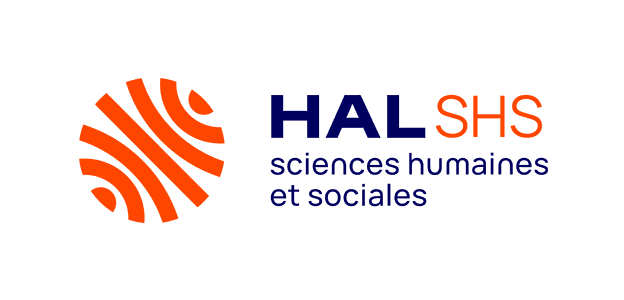Nouns and pronouns
Résumé
The noun is a word, such as girl, garden, diner, or chair, that refers to a class of people, places, events, or
things (common noun), or to name a particular thing from these classes (proper noun). It is the most funda-
mental grammatical category in all languages of the world, together with verbs. The core semantic properties
of nouns are similar in all languages. Nouns are mastered by children from the earliest age, and all children
with language disorders can use nouns, although they may not be able to master complex noun construc-
tions. The pronoun is a word, such as you or it, that is used to refer to someone or something. Actually, pro-
nouns are defined as any small set of words that may be substituted for nouns or noun phrases and whose
referents are named or understood in the context. A pronoun is a complex and diverse category and contains
various subtypes of elements, which are not all present in all languages. The complexity and abstractness of
pronouns make them prone to create difficulties in young children’s language and in children with language
impairment. Although pronouns are strongly related to nouns (as they often, but not always, stand for a noun),
their properties are very different from that of nouns. For this reason, this entry clearly separates the presen-
tation of nouns, in the first part, from pronouns, in the second part.
Domaines
Linguistique| Origine | Fichiers produits par l'(les) auteur(s) |
|---|
Loading...
